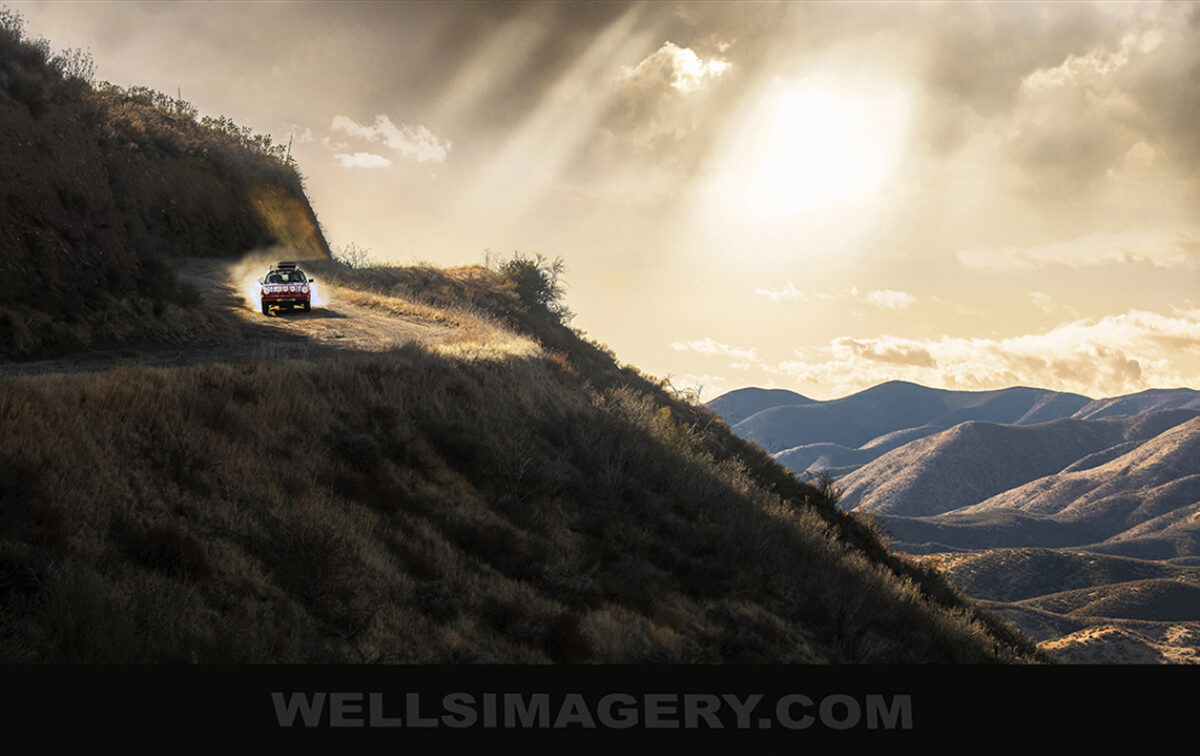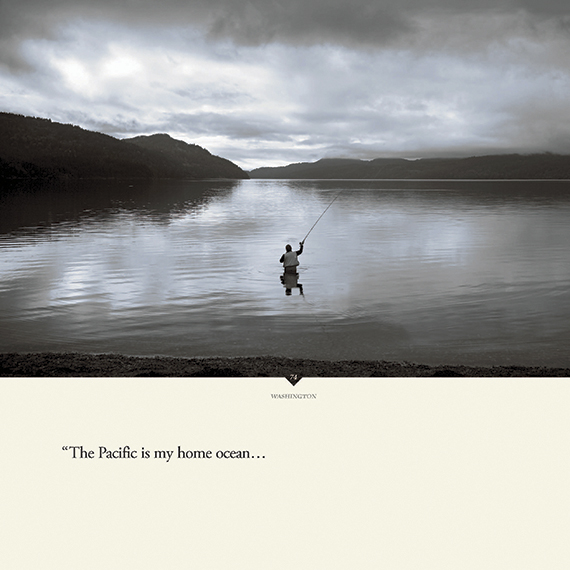STEINBECK’S AMERICA – FROM WEST TO SOUTH
John Steinbeck’s 1962 book Travels With Charley: In Search of America was so inspiring that I was compelled to interpret my own journey in photos across America at the end of the 20th Century. Here are my notes from the second part of multiple trips.
For information on how to order my photo book Steinbeck’s America, please contact us HERE.
From West to South
At the time John Steinbeck undertook his journey across America he had been confirmed as one of the most significant figures in 20th century American literature. His work included a dozen celebrated novels, a collection of short stories, and several screenplays (Of Mice and Men, The Grapes of Wrath, Cannery Row, East of Eden). His keen sense of the environment and nature, and how man interacted with it, was unique – and in many ways he was a writer of the people. When he accepted the Nobel Prize for Literature in 1962 he spoke these words: “The ancient commission of the writer has not changed. He is charged with exposing our many grievous faults and failures, with dredging up to the light our dark and dangerous dreams for the purpose of improvement.”
In many ways Travels with Charley can best be appreciated as an act of courage. For although it was to become his last travelogue and one of the largest commercial successes of Steinbeck’s career, he knew that his honest assessment of the state of the nation came at the risk of alienating the reader. Nowhere was this goal of remaining true to his beliefs more challenging than when he reached the western states that bordered his home ocean. It was here where he had first smelled the Pacific sea air as it wafted across the fertile Salinas valley. And it was here where he had first taken characters from real life and drafted them into novels – stories that would come to represent the work ethic and outlook of the American people to many.
When Steinbeck reached Seattle in the Pacific Northwest he discovered that this once small town had changed into something far different from what he knew. Bustling and expanding, this now sophisticated portal to the Far East was a thriving metropolis. It came as somewhat of a shock to him after traveling through the sparsely populated farmlands of eastern Washington, and Steinbeck made the following observation: “I remembered Seattle as a town sitting on the hills beside a matchless harborage – a little city of space and trees and gardens, its houses matched to such a background. It is no longer so… The traffic rushed with murderous intensity. On the outskirts of this place I once knew well I could not find my way. Along what had been country lanes rich with berries, high wire fences and mile-long factories stretched. And the yellow smoke of progress hung over all, fighting the sea winds’ efforts to drive them off”.
To the south lay his home state of California and to the east his wife’s native Texas. These lands were familiar, yet he knew that time had probably changed both them and himself. What new questions would they provide, and how would he resolve to them? Two days of camping among giant redwood trees and a visit to San Francisco provided a welcome respite for both man’s best friend and Steinbeck. Yet his hometown visit to Monterey proved difficult when old friends disagreed with his worldly views. He felt confused and uneasy, lending speed to his eastward journey and a poignant flavor to his literary palette. Both Charley and Steinbeck were feeling the effects of old age, and as the miles rolled under them the famous author silently gathered the material he would need to produce a final “goodbye” – an evocative elegy for a land he had known and lost. Steinbeck wisely realized that all of this was necessary and soon felt secure in the knowledge that he was exactly where he was supposed to be. His personal search for America was unfolding before his eyes.
-Randy Wells
Copyright 2024 Randy Wells. All Rights Reserved.

